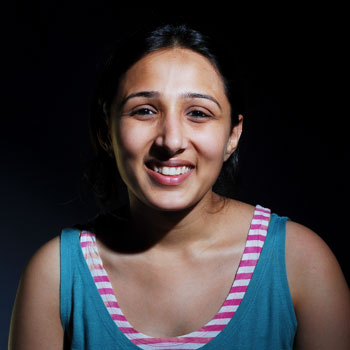Pragati Kapur studied at IDC (IIT Bombay) and completed her M.Des in Product Design in 2010. She is a business leader and a design specialist. Pragati has 12+ years of experience in design. Currently, she has been working as a Category Head- Mattresses Marketplace and Private label at Pepperfry. Her previous experiences are: Product Designer at Designwise India (2010-2011), Senior Designer at Insta Exhibitions (2011-2012), Design and Client Servicing Manager (Desmania Design Pvt Ltd.), Assistant Manager- Design Research and Strategy at LG Electronics (2014-2015), Assistant Manager- Living Electronics at LG Electronics (2015), Manager- Brand and Ctegory Lead (Furniture Private Label Brands 2015-2018).





